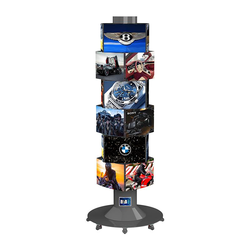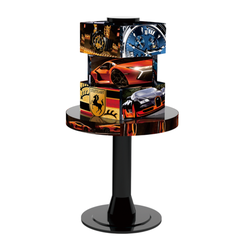In-depth analysis: essential information you must master when exporting LED displays to Russia
In the complex global trade landscape, the Russian market is playing an increasingly important role for Chinese LED display manufacturers. This article offers an in-depth analysis of the Russian LED display market's potential, current opportunities, and the critical professional details that must be addressed during the export process.
- 11. Russia Market Overview and Geoeconomic Background
- 22. The Current "Golden Window" for Trade with Russia
- 33. Key Challenges and Export Operational Guide
- 44. Summary
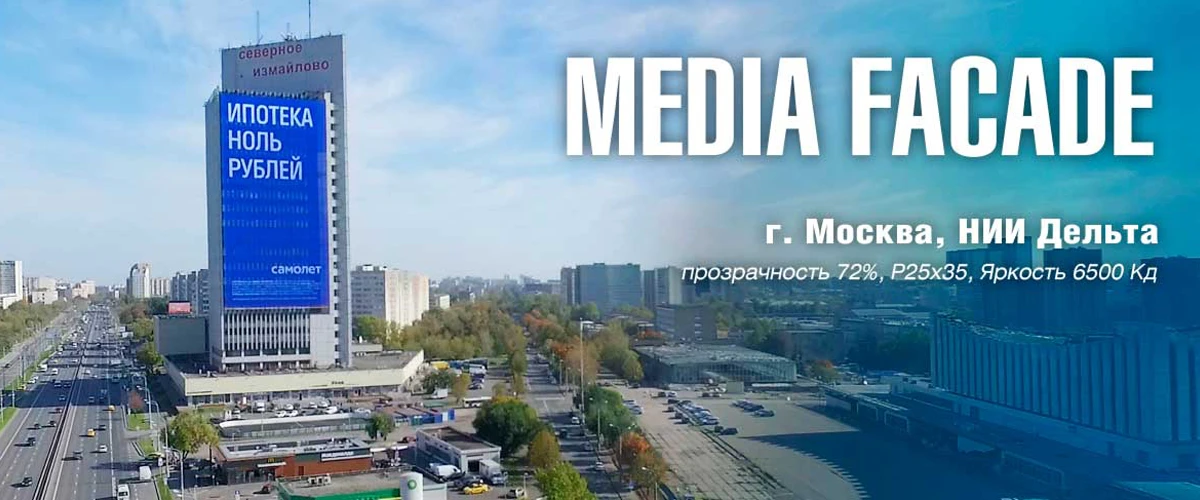 1. Russia Market Overview and Geoeconomic Background
1. Russia Market Overview and Geoeconomic Background
The Russian Federation, as the world's largest country, spans Eurasia and represents a vast consumer market of nearly 144 million people. Despite the recent impacts of geopolitical conflict, international sanctions, and macroeconomic fluctuations, the demand within the Russian market remains strong for infrastructure construction, digital transformation, and electronic technology products, including high-end display technology.
Market Characteristics: Russia benefits from strong central government control and abundant natural resources. Its demand for high-quality, durable electronic products provides a stable foundation for Chinese LED screen companies.
Consumption Potential: There is a noticeable increase in procurement intention for advanced LED technology, particularly in commercial advertising, sports venues, transportation hubs, and public information display sectors.
 2. The Current "Golden Window" for Trade with Russia
2. The Current "Golden Window" for Trade with Russia
Due to economic sanctions imposed by Western countries, Russia's foreign trade structure has been forced into a strategic adjustment—an accelerated Pivot to Asia. This shift has created unprecedented historical opportunities for Sino-Russian bilateral trade:
Trade Substitution Effect: The withdrawal of many Western brands and technologies from the Russian market has left a massive gap, making the demand for high-quality, cost-effective LED displays from China a non-negotiable requirement.
Policy Optimization and Facilitation: Financial, customs, and logistics cooperation between China and Russia is growing stronger. Visa policies have been simplified, and border port infrastructure has been upgraded, significantly boosting the efficiency of bilateral business exchanges and supply chains.
Conclusion: Given the current geopolitical and economic environment, now is a crucial period for domestic LED display enterprises to massively expand and deepen their presence in the Russian market.
 3. Key Challenges and Export Operational Guide
3. Key Challenges and Export Operational Guide
To successfully enter the Russian market, manufacturers must pay close attention to the following three core professional operational steps:
A. Financial and Payment Solutions
Traditional payment methods have been disrupted because major Russian banks are excluded from the SWIFT international settlement system, and USD transactions are restricted.
Solution: Non-Western-dominated settlement channels must be utilized. This typically involves direct transfers through regional banks in China and Russia, or settling using the national currencies of both countries (RMB or Ruble). It is essential to confirm a reliable and compliant payment pathway with clients and banks before signing contracts.
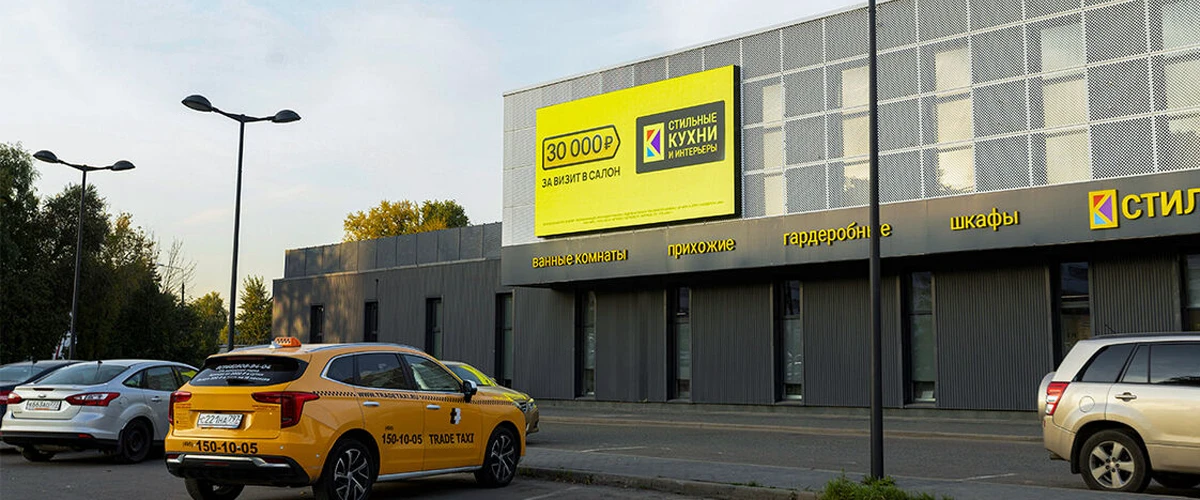 B. Product Adaptation and Climate Challenges
B. Product Adaptation and Climate Challenges
Most regions of Russia are situated in high-latitude, extremely cold zones, imposing stringent requirements on the weather resistance of electronic products.
Technical Requirements: Outdoor LED displays exported to Russia must possess excellent IP protection ratings (waterproof, dustproof). Additionally, critical electronic components and power systems must be ensured to operate stably and efficiently in extremely low temperatures (e.g., integrating heating elements or special thermal dissipation designs may be necessary).
C. Logistics and Transportation Strategy
Given the geographical and transport distances, rail transport has become the primary option for moving goods to Russia, as sea or air freight can be high-cost and high-risk.
Planning: It is necessary to collaborate with professional logistics partners to plan and secure rail transport capacity and schedules in advance. Special attention must be paid to customs clearance procedures, transport insurance, and the "last-mile" challenge of local distribution to ensure safe and timely delivery.

4. Summary
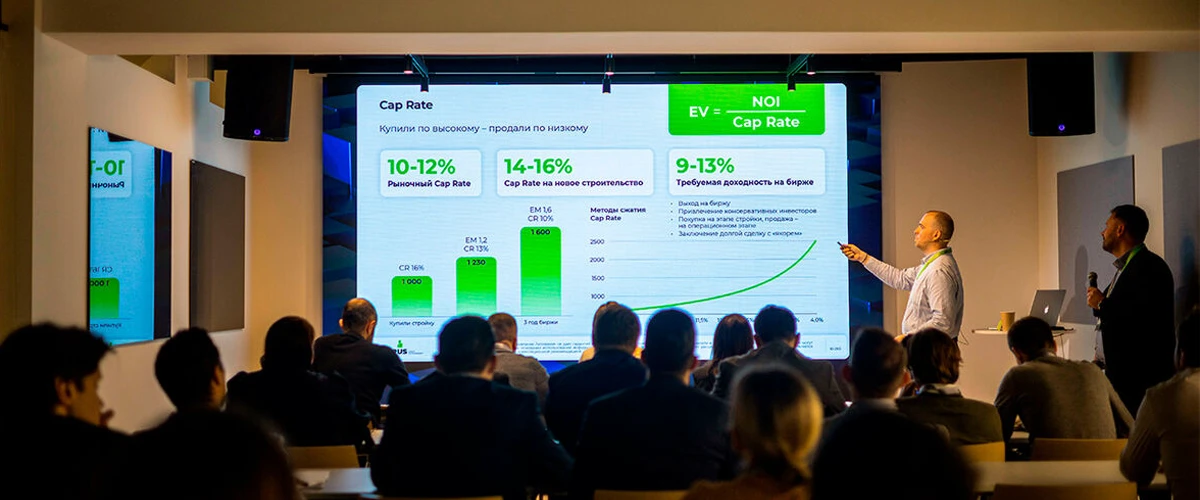
Related Reading:
The comprehensive overview of top 10 LED display companies in Russia
The most comprehensive LED screen installation guide: Top 9 installation methods for LED display


